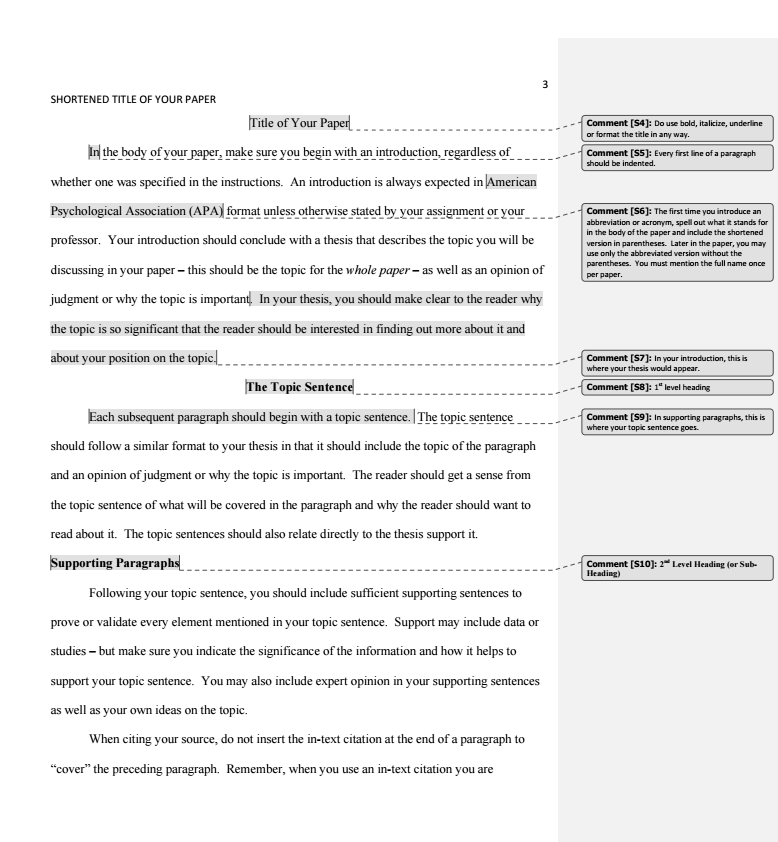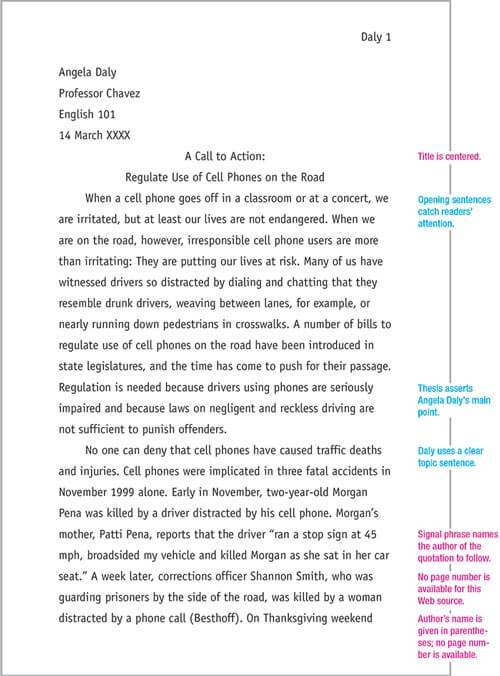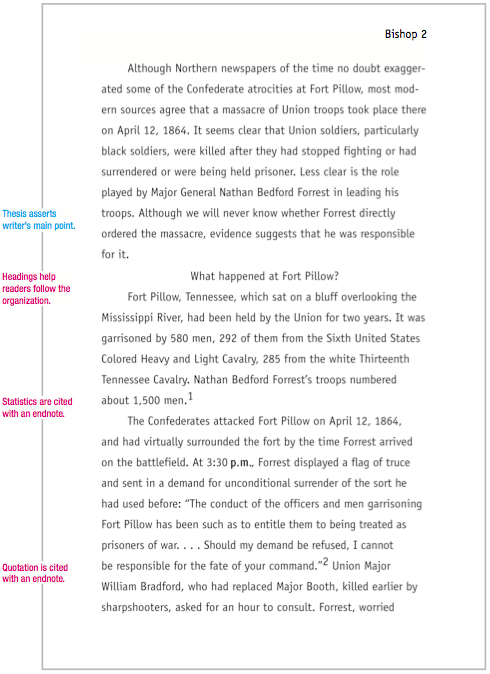
Definition: Research Paper
A research paper is defined as a piece of academic writing whereby a writer does research and writes on a specified topic, analyzes, and interprets the findings of the research.
The writer needs more than just knowledge to come up with the perfect research. To achieve perfection, the author needs a positive mind and attitude and the belief that they are able to achieve it.
This article will take you through how to write a research paper for college/university students. By the end of this piece, you will be able to handle tasks in academic research writing. The step by step guide and everything you need to know about how to write a research paper for students.
FAQs
Choose a research paper topic that interests you and if provided with instructions regarding the topic, follow them well. Begin some preliminary research and start forming your thesis statement. Once you’ve finished the research stage, create a good outline to guide you through the writing process. Create the first draft that you will later edit and proofread before you submit.
To write a 15 page research paper, you need enough time. You should allow yourself a day for every 1-2 pages. Make sure that you brainstorm topics and decide on one as soon as possible. Create a research paper outline so that you can start writing. Don’t forget to research subtopics as well! Don’t rush or leave everything until the last minute, otherwise your end product may suffer.
Always have a plan! Take note of your final deadline and then write down smaller deadlines for yourself. For example, write down in your diary when you want to have your thesis statement finalized and when you intend to have your research paper outline finished. And don’t leave all of your referencing until the end! This is a huge mistake that many students make, and it results in a long night filled with sources and referencing.
Before tackling any research assignment, it is important to sit down with your tutor and have him/her explain the requirements so that you can know what it should look like in the end. Common formats include APA and MLA. The main differences between the 2 styles of formatting are in the title pages and the referencing styles. The research format will be different depending on your tutor’s requirements.
The researcher is the person who determines the questions that need to be answered in any research paper and this depends on the discipline the writer is focusing on. However, all of this needs to be made clear in the introduction of the research paper. There is nothing like right or wrong answers in research. Keep in mind that all research should start with an enquiry. Whether you want to answer 1 question or several of them, the research should have all of the answers.
- ✓ Free express delivery
- ✓ Individual embossing
- ✓ Selection of high-quality bindings
Step-by-step
The following aspects are part of a sound research paper:
Before you start to write the research paper, make sure you understand well what the professor needs from the assignment. Go through the assignment, understand everything provided by the teacher, read through the prompts, rubric, and any other material provided to you. If need be, take notes or highlight the assignment not to miss any point. Take time to internalize and ask questions where you feel you are not sure. Before you choose a topic, ask your professor to clarify and you will be ready to go!
After understanding what is required of you, it is time to pick a topic on what to write your research paper about. Don’t beat yourself up too much on this and do not worry about being so perfect. It is important to choose a topic that interests you. Choosing a controversial topic would be okay. It is substantial to follow the instructions given about the choice of topic. This will ensure that you write a topic that is in line with the assignment provided. Use the assignment as an opportunity to learn more or something new.
Now we have reached the backbone of the entire process of writing a research paper, research. Different writers have different ways of doing their research. It is therefore important to note that you need to research and write down the findings. A good writer stays focused and tries to move a bit more quickly. Make sure you skim, never ignore information and find sources that are reliable. Understand different viewpoints of your topic of discussion by going through different articles and laying them down without changing the meaning of facts.
Organizing your research depends on the assignment or different writer’s preferences. Make sure how you organise your research is according to the requirements of the research.
A thesis is a statement that you write for the readers to explain what you want to prove in the research. It needs to be definitive, having nothing to do with you.
The outline you create mostly depends on the assignment. Even in cases where it is not required, you can just create it to build up your research paper.
As you lay down your research findings, do not be worried about the use of perfect words, grammar or title. This will come later as you edit your work. Avoid back and forth between your research and the sources to avoid coping words and ideas. Use quotation marks in cases where you are quoting somebody else’s words. Make sure your work comes out original and plagiarism free.
This is the time to try and perfect your work, check grammar and a suitable title(s), Have you organised your work well, is the paper too long or too short, etc.
Give your paper a final and thorough reading before submitting it. This is to ensure that your work is error-free. Make sure that the research paper matches the instructions initially provided.
Research Paper Outline
An outline organizes your thoughts and the whole research work before writing it down. It should serve as a reminder for everything that your research contains. We can call it a skeleton that guides you through the whole research process. See the example below:
Research Paper Introduction
A research paper’s introduction presents the topic to the reader. You need to make sure that your thoughts flow is consistent while creating an introduction. See the example below:
Dos and Don’ts
Below is a short list of what to focus on and what to avoid in your research paper.

DO
- Present the work clearly and efficiently
- Materials should answer the readers’ questions
- Use reliable sources
- Provide evidence and support to your research
- Include enough information about the research work
- Proof-read the paper after writing severally

DON’T
- Avoid misrepresenting yourself and be honest enough
- Do not include anything that does not answer the readers’ questions
- Do not lengthen your work with unnecessary information
- Avoid incomplete or lame reasons for carrying out the research
- Do not fill your paper with overviews. It shows how blank you are
- Do not plagiarize your work
Formatting Examples
Let us have a look at good examples of well thought and organised research papers:
Example 1 – APA Format

Example 2 – MLA Format

Example 3 – Chicago Format

In a Nutshell
- Always familiarise yourself with the instructions provided before you start to write your research paper
- Carefully choose your topic or work with the one provided
- Do your research on reliable sources
- Form your thesis statement then create the research outline
- Write, edit and proofread before you submit your research paper
